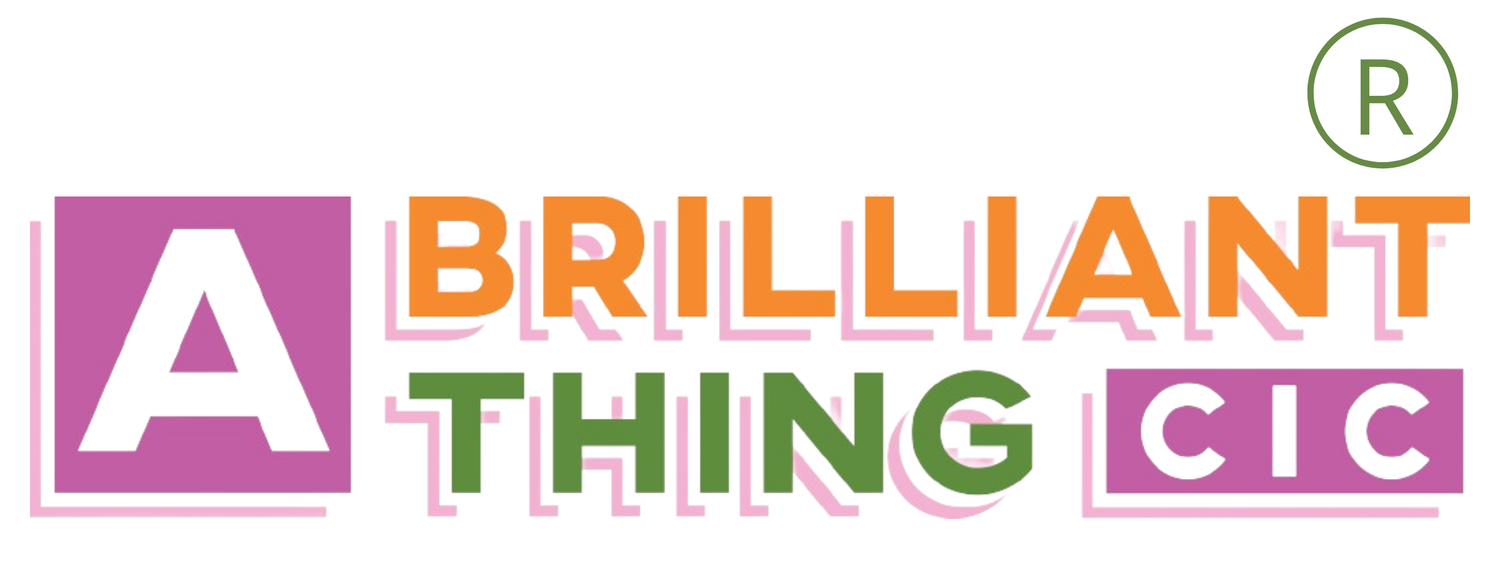Where do you stand?
Changing your focus, the lens on your work, the place that you stand can help you create deeper, richer, more diverse ‘good’ work.
By good work, I mean work that contributes to society, people, the planet. The good work does not deplete, does not diminish environmental resources or drain the energy of the people connected to it. But good work does not exist without people, without you, and where you stand matters.
The people behind the work
All good work needs energy to propel it. This energy comes from the person or team behind the work. Leadership, either by one person or a collective, through a traditional hierarchy or a circular structure that shares decision making, embodies this energy. To deepen, enrich or diversify the good work (elements of improvement beyond ‘growth’) The first step is to invest in people standing behind the work.
Working ethically, on social-good projects or environmentally focused businesses is tough. The emotional toil of showing up each day to tackle societies big problems is high. When sourcing ethically and selling responsibility, the books can take some balancing. Staying true to your purpose and communicating what you care about, to a sometimes uncaring crowd, takes grit.
My own experiences of chronic health issues and burnout makes my call out for a focus on the people, loud and emphatic. But what does this refocusing mean? It might be applying a wellbeing lens or increasing support, it could be organising to allow for personal learning and growth, maybe its connecting with others though creativity or a simple permission to block out time in diaries for unstructured activity.
The Thoughtful Leader explains “When you’re stuck in the mud, stressed and fearful, it’s hard to feel empathy for others. But empathy is the edge that makes thoughtful leaders great.”
The penny drop machine and the playground slide
When you are focused on making change in the world, contributing through your work, having a positive impact, its easy to slip into a liner way of thinking.
Imagine a straight line, with the people behind the good work at one end creating, producing, driving. The good work stacks up the middle. The recipient waits patiently at the other end, accepting the efforts as they edge towards them, link a penny-drop arcade machine. Then imagine the line rises at one end, turning it into a diagonal with producers at the top, the work rushing down like children whizzing down a playground slide , the effects of the work pushed onto the recipient.
I’m sure you can see the problems with these analogies:
· A power imbalance, helpers and being helped-neither fulfilled
· The recipient must accept what falls down the slide-no choice
· A lack of connection between the people at each end-no understanding of the impact
· The work is never ending, the problems are never fixed
Humans at the heart
Now draw a circle and step in. Write a humans name in the centre. This might be your name, a name of a person which represents the intended beneficiaries of your work, the name of a person important to the work.
What does that person need?
Do you understand them, know their challenges, experiences, aspirations?
The drawn line represents your boundaries and considerations, what time, resources, capabilities, intentions do you bring? In the space around the circle, can you explore potentials?
What work could you do collaboratively, with the person at the heart of the circle that would make a difference?
Could you try it?
What else could you bring to the work, who else could join, what would the opposite of this work be, what can you learn?
Could you create good work that is owned by the contributor and the recipient? Could both contribute and receive?
This is human-centred design thinking. Human-centred design can be applied to a vast range of social, environmental and personal challenges, guiding towards solutions that have a lasting positive impact. It can be personal and change one life - I have used human-centred design to create practices that help me manage my chronic pain. Or it can take huge important issues and make a difference to many for example A Campaign and Movement to Raise Awareness of Birth Justice . The practice can be used to design Workplaces of the Future and products and services that matter.
I have a passion for human-centred design, understanding systems and design-thinking. These concepts are best discovered through sharing examples and experiential learning. You might be interested in a range of services I offer to support you to become a design thinker and to use human centred design to enrich and deepen your work.


